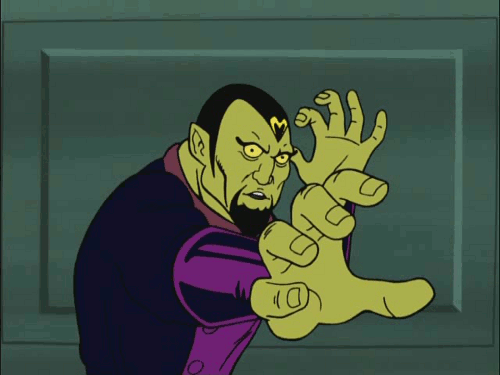|
I echo Dave's thoughts. We belong to the same gaming group and game together often and I've seen him use drop pods to brutal effect.
It is possible to scatter off of the board and lose the unit entirely if you plot a drop too close to the board edge, so you should plan your drop location further than 12 cm from the edge so it is impossible for that to happen.
When preplotting your drop, examine the opponent's deployment zone. Hopefully you can pick out a really good location that your opponent will use to deploy some important and/or fragile artillery units, and target your orbital bombardment there, then your pods nearby.
From a practical standpoint, your opponent is supposed to leave the game board while you preplot, but I find that often still means they are still lurking about somewhere in the room. I often place and measure the location to several "fake" drop locations all over the board so that my opponent doesn't see me milling about a particular portion of the board and get tipped off to where the bombardment and drops will actually happen. Perhaps taking the time to plot and measure to fake drop points is nothing more than me wasting time, but it makes me feel better.
Like Dave, I do my drop on turn 1, but remember the bombardment and drop doesn't have to be your very first activation on turn 1. If you can wait until your third or even later activation in the turn to drop, then that means your opponent will have a few units less to activate and react to your drop.
Keep your drops close to each other for mutual support, and if there is cover nearby, drop so your troops can deploy out of the pods in cover.
Drop pods are just about the only time it makes sense to use dreadnaughts. Dreads would slow down a unit with rhino transports, but by coming down in drop pods they provide a lot of additional offensive punch, can themselves provide cover to infantry units, and make the numbers in the unit just a bit bigger for purposes of blast markers and breaking.
You are correct that once the drop is over, your troops could be taken apart and broken by a determined counter-attack. By having a strong drop of multiple formations (as Dave recommends, at least three) close to each other, they can support each other, but also having other formations that are very mobile or have the means to come in an provide additional support (teleporting terminators, land speeders, assault troops, Thunderhawking in support) will help a lot. I think of my drop location as a forward deployment point, and focus a lot of energy into holding, strengthening, and expanding out, from that point.
_________________
That's not a moon....it's a space station....
|









